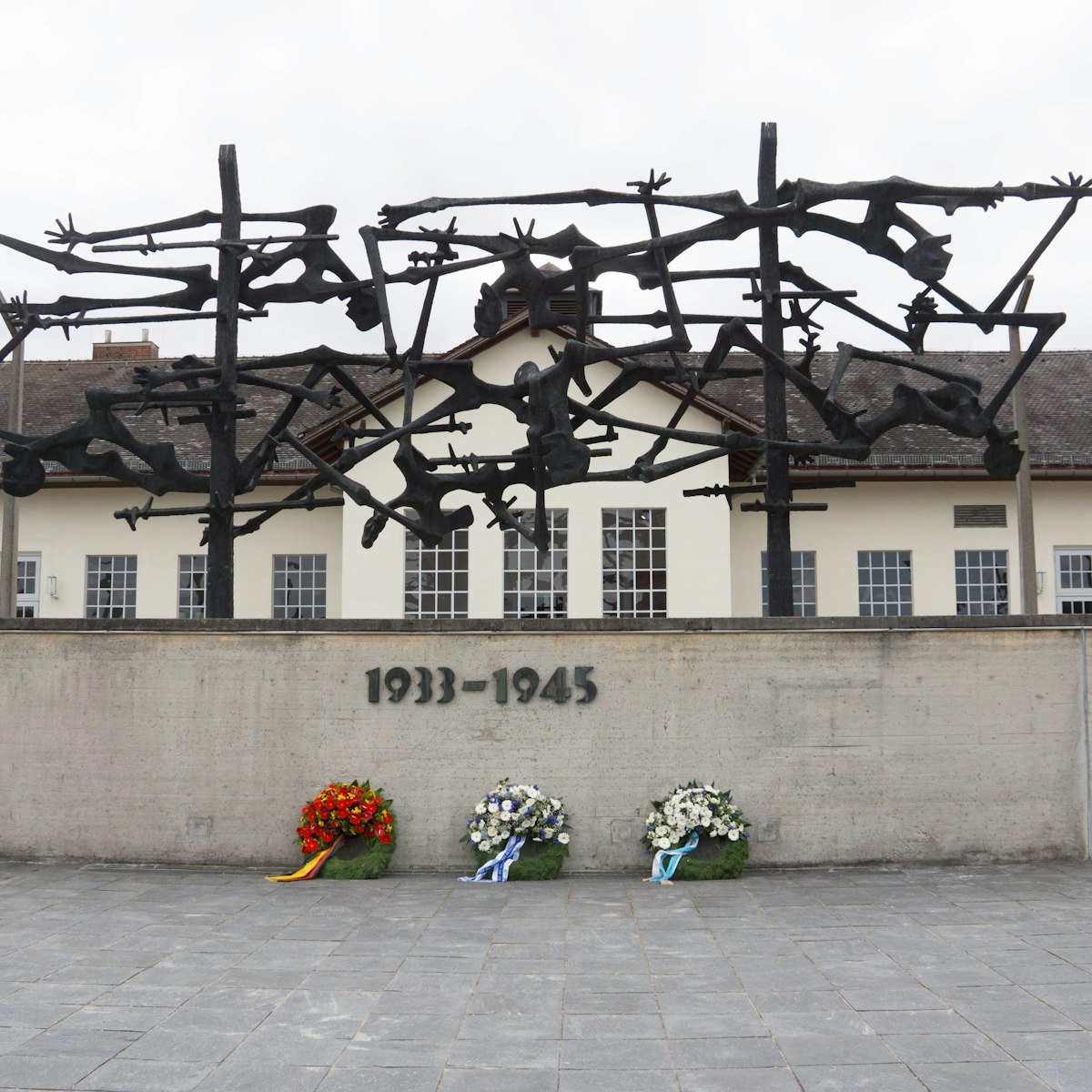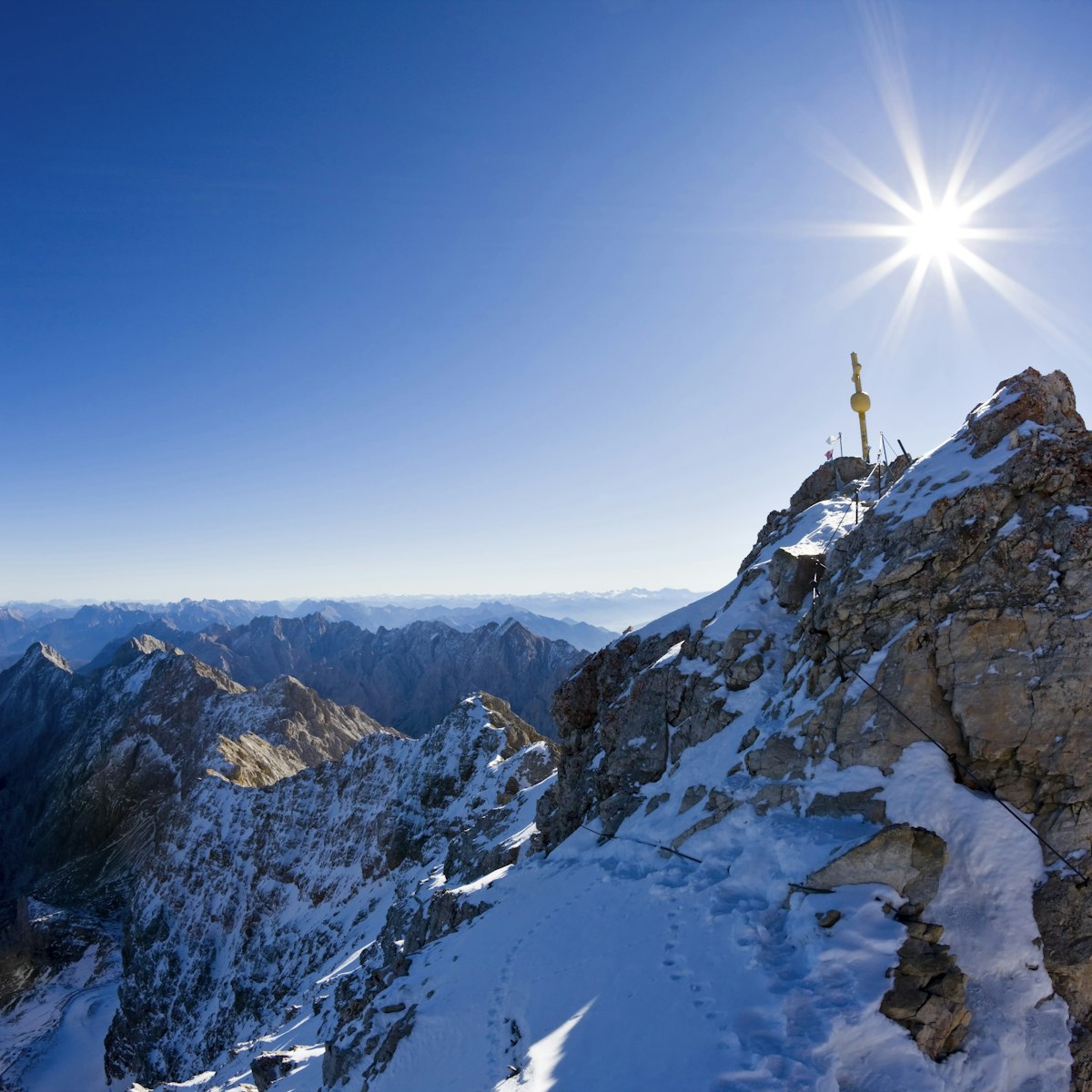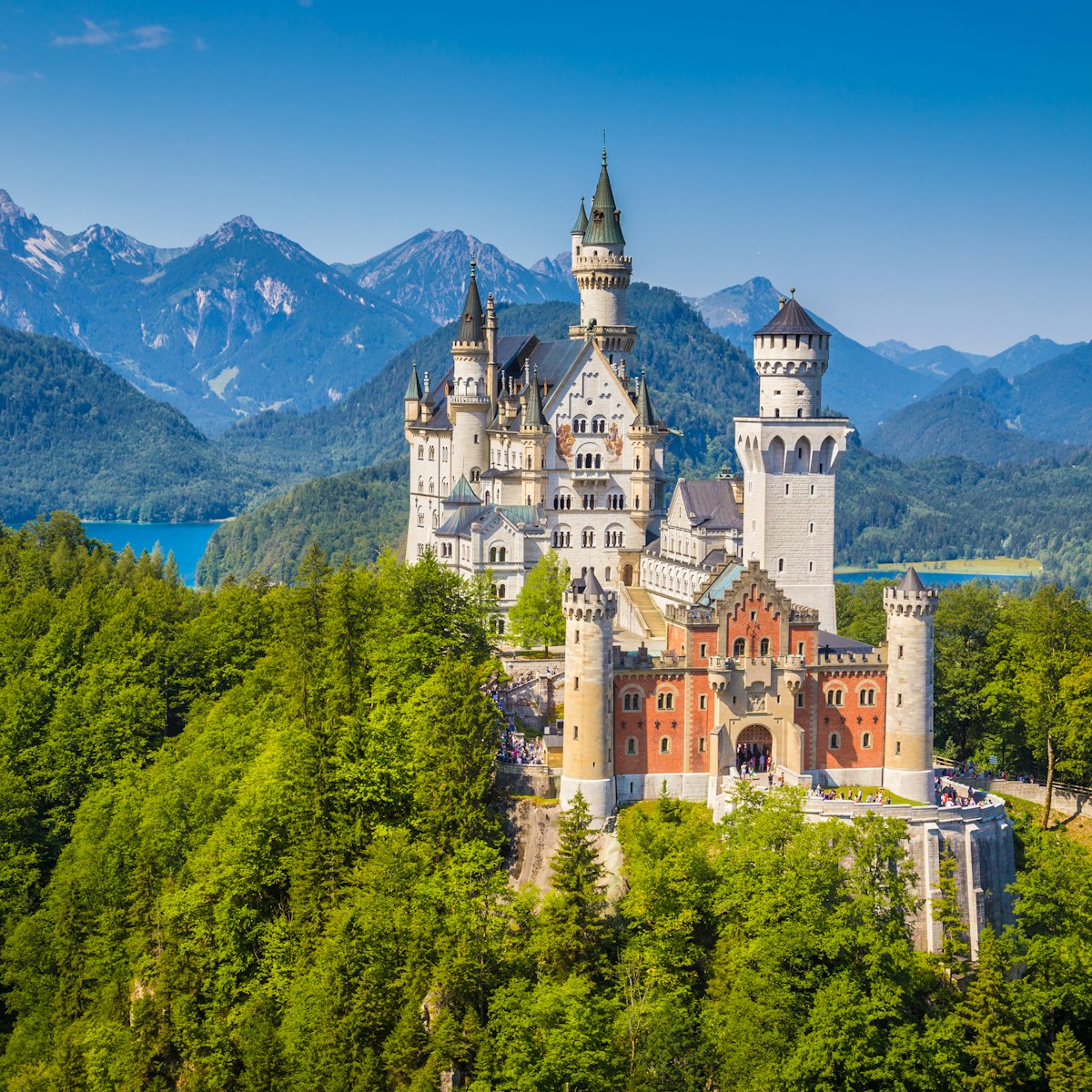
Officially called the KZ-Gedenkstätte Dachau, this was the Nazis’ first concentration camp, built by Heinrich Himmler in March 1933 to house political prisoners. All in all, it ‘processed’ more than 200,000 inmates, killing at least 43,000, and is now a haunting memorial. Expect to spend two to three hours here to fully absorb the exhibits. Note that children aged under 12 may find the experience too disturbing.
The place to start is the visitors centre, which houses a bookshop, a cafe and a tour-booking desk where you can pick up an audioguide (€4). It’s on your left as you enter the main gate. Two-and-a-half-hour tours (€3.50) also run from here at 11am and 1pm (extra tours run at 12.15pm on Sunday between July and September).
You pass into the compound itself through the Jourhaus, originally the only entrance. Set in wrought iron, the infamous, chilling slogan ‘Arbeit Macht Frei’ (Work Sets You Free) hits you at the gate.
The museum is at the southern end of the camp. Here, a 22-minute English-language documentary runs at 10am, 11.30am, 12.30pm, 2pm and 3pm and uses mostly postliberation footage to outline what took place here. Either side of the small cinema extends an exhibition relating the camp’s harrowing story, from a relatively orderly prison for religious inmates, leftists and criminals to an overcrowded concentration camp racked by typhus, and its eventual liberation by the US Army in April 1945.
Disturbing displays include photographs of the camp, its officers and prisoners (all male until 1944), and of horrifying ‘scientific experiments’ carried out by Nazi doctors. Other exhibits include a whipping block, a chart showing the system of prisoner categories (Jews, homosexuals, Jehovah’s Witnesses, Poles, Roma and other ‘asocial’ people) and documents on the persecution of ‘degenerate’ authors banned by the party. There's also a lot of information on the rise of the Nazis and other concentration camps around Europe, a scale model of the camp at its greatest extent and numerous uniforms and everyday objects belonging to inmates and guards.
Outside, in the former roll-call square, is the International Memorial (1968), inscribed in English, French, Yiddish, German and Russian, which reads ‘Never Again’. Behind the exhibit building, the bunker was the notorious camp prison where inmates were tortured. Executions took place in the prison yard.
Inmates were housed in large barracks, now demolished, which used to line the main road north of the roll-call square. In the camp’s northwestern corner is the crematorium and gas chamber, disguised as a shower room but never used. Several religious shrines, including a timber Russian Orthodox church, stand nearby.
 Publish for free
Publish for free

 zzdtravel
zzdtravel

















